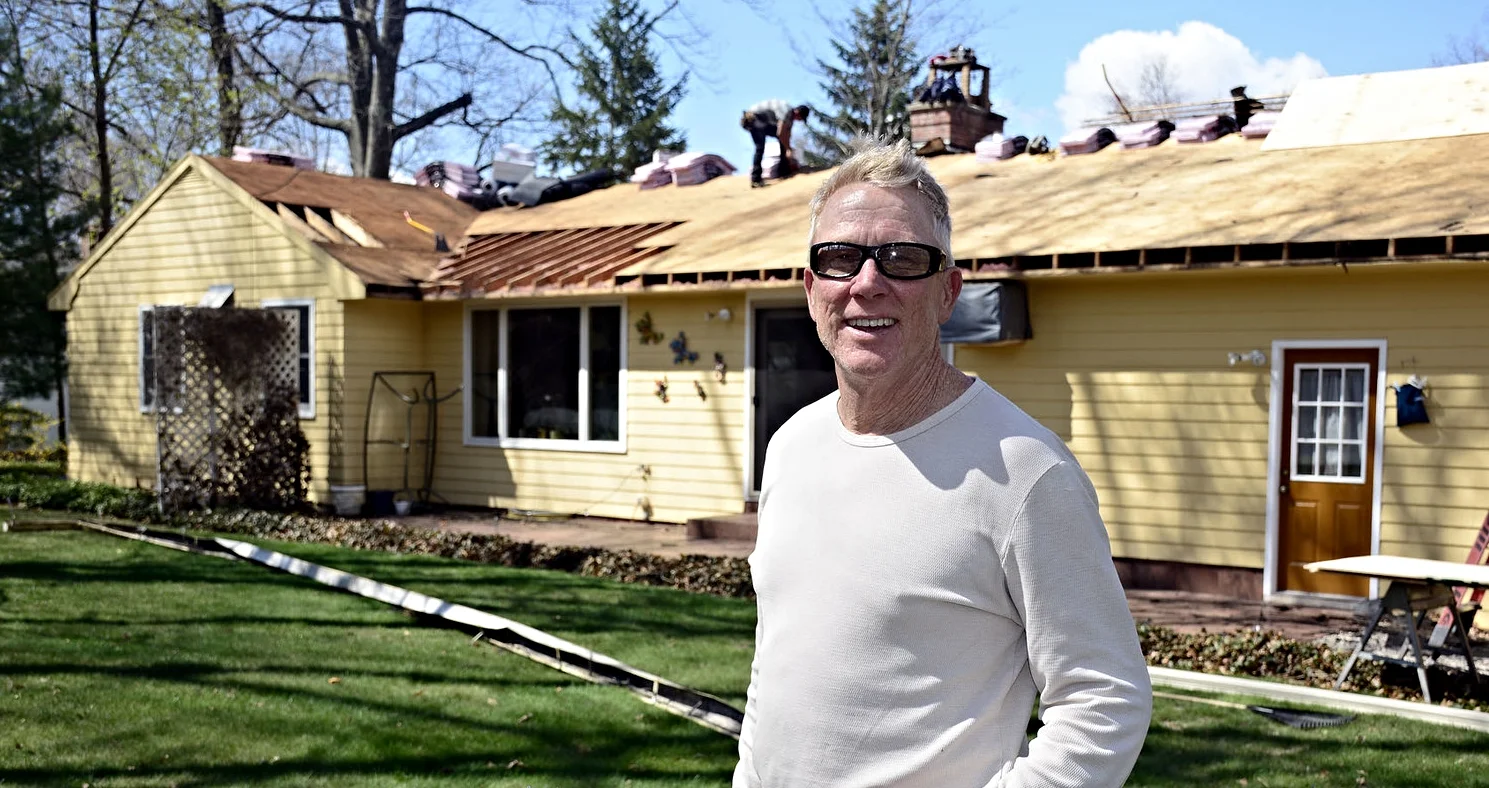Eight Quick Home Projects to Tackle This August
Chelsea O'Donnell
August is a great time to roll up your sleeves and knock out some easy home improvement jobs before fall rolls in. Whether you’re looking to boost your home’s value or just give it a little glow-up, these projects don’t require a contractor or a ton of time. Just a weekend, some elbow grease, and maybe a cold drink or two.
1. Clean and Seal the Deck
Your deck’s taken a beating all summer through the sun, rain, foot traffic, and maybe a few BBQ sauce mishaps. Give it a good power wash and reseal it. You’ll prevent wood rot, keep splinters at bay, and extend the life of the wood. Bonus: it’ll look brand new heading into Labor Day.
2. Swap Out Air Filters
Your HVAC system’s been running hard. Dirty filters make it less efficient and kick dust and allergens back into the air. Swap in clean filters and breathe easier. It’s cheap, fast, and makes a real difference for indoor air quality.
3. Caulk Windows and Doors
Feel a breeze where there shouldn’t be one? August is your last call to stop drafts before cooler weather hits. A $5 tube of caulk can save you serious cash on heating bills down the line.
4. Add a Smart Thermostat
Speaking of heating bills, installing a smart thermostat is an easy DIY with big returns. It helps you manage energy use and can pay for itself in a year. Many are compatible with Alexa or Google Home, if you’re into that kind of thing.
5. Declutter and Donate
This one’s less about tools and more about tackling the post-summer mess. Sort through the garage, basement, or that closet you’ve been ignoring. You’ll make space for fall gear and maybe even uncover something useful you forgot you owned.
6. Freshen Up the Front Door
Curb appeal matters, even if you’re not selling. A fresh coat of paint on your front door or new hardware (like a modern handle or knocker) can give your entryway a whole new vibe. Go bold or classic, just make it intentional.
7. Clean Out the Gutters
August is dry, which makes it the perfect time to clear out gunk from your gutters. You’ll be glad you did once the leaves start falling. Bonus: you’ll prevent water damage, mold, and unwanted pests.
8. Test Smoke and Carbon Monoxide Detectors
It takes five minutes, and it could save your life. Replace batteries, test the alarms, and make sure you’ve got one in every key area. Safety first, always.
You don’t always need a full-blown renovation to make your home better. These projects are simple, affordable, and perfect for that August energy before school starts and the busyness of the fall season begins.
Bob O’Donnell is the owner of O’Donnell Bros. Inc., a Bristol-based home improvement company established in 1975. Email your questions for Bob to info@odonnellbros.com with the subject line “Ask the Pro.” All questions may be considered for publication. To contact Bob for your remodeling needs, call O’Donnell Bros. Inc. at (860) 589-5155 or visit http://www.odonnellbros.com. Advice is for guidance only.
